It would not be a fair or accurate statement to call myself a football fan. My knowledge starts and ends at being able to name three Premier League players tops (please don’t test me on it). However, with the Women’s World Cup ending, my interest in the sport, along with the rest of Australia, has peaked in support of the Matilda’s. I have felt the pride of calling Australia home through the Tilly’s triumphs against Ireland, Nigeria, Canada, Denmark and FRANCE (what a nailbiter!). I would be lying if I said I didn’t throw my couch cushion across the room when we lost to England, and more cushions became causalities in our devastating loss to Sweden. But along with the discovery of my fervid competitive spirit, the Women’s World Cup has further affirmed my belief that the supposed gender pay gap in sports has been falsified by the modern feminist agenda. In fact, I would argue that the Women’s World Cup is the prime example of how the gender pay gap does not exist…
Let me make myself clear. The Australian Bureau of Statistics stated that in September 2019, there was a 30% disparity between female and male sportspeople in the workforce. The “pay gap” is undeniably existent when looking at these statistics. However, I think this gap is too often framed as a result of sex-based discrimination, which I think is entirely inaccurate. This gap has nothing to do with misogyny, and everything to do with the economy.
Objectively, women’s sports bring in less revenue than men’s. This is not to say that female athletes do not work as hard or are not as entertaining as men. But it does align with the fact that women’s sport receives less coverage, less yearly viewers and therefore, less overall income.
This issue is identifiable in American Basketball, through the discrepancies between the Women’s National Basketball Association (WNBA) and the National Basketball Association (NBA). According to the Sports Business Journal, in 2020-23 the NBA averaged 1.59 million yearly viewers, while the WNBA brought in less than half of that. Furthermore, the 25 million dollars that the Entertainment and Sports Programming Network (ESPN) paid the WNBA is eclipsed by the 2.6 billion dollars paid to the NBA. Excluding gender, this gap makes logical sense from a business standpoint. The NBA is 75 years old. It has a well-established business model, affluent and loyal sponsors, internationally recognisable players and intergenerational fan bases. In comparison, the 25-year-old WNBA is still finding its feet.
But I have not written this article to dishearten the future female sports stars of Australia. In fact, it is quite the opposite. As a modern woman who loves nothing more than witnessing the success of females in all walks of life after years of historical oppression, I think that this pay gap is on its way to being closed. Exhibit one: The Australian Matilda’s.
The Women’s World Cup generated a whopping 7.6 billion dollars of revenue for the Australian Government through the travel and retail industries. Approximately 1.8 million tickets were purchased for the events. Australian Broadcaster Seven reports the cup was the “most streamed event in Australia ever”, with peak viewership of 3.21 million Aussies that tuned into the semi-final. This viewership extends further internationally, with Leading Sports Broadcaster BEIN reporting a record-breaking 93.5 million people who tuned into the World Cup from the Middle East and North Africa.
Once again, while the above statistics are trumped by the 1.5 billion people who viewed the 2022 FIFA World Cup, it does not portray bigotry or ingrained sexism to me. To me it clearly portrays that increased coverage and promotion of women’s sports will improve viewership and therefore further resolve pay disparities.
The obvious feminist argument to this would be that the pay gap goes beyond revenue and is founded on the systemic oppression of women. According to Sport and Development (2021), “The profits generated in men’s sports are deeply embedded in the misogynistic system”. As a woman who has grown up watching and enjoying male sports such as the NRL, and the Supercars Championship, this ambiguous reference to a misogynistic system confused me. Does my viewership of men’s sports equate to my involvement in the oppression of female athletes?
As I said, there are far bigger sports fans out there than me (my Dad was actually the one who made me start watching the Women’s World Cup). But at the end of the day, sport is about entertainment. Female and male sporting competitions are separated due to the biological variances that result in differential performances, but this does not affect the amusement that which I derive from watching a sporting event. I am so happy that I live in a world in which I can see a clear trajectory for equity between male and female sportspersons. But to me, this equity is not achieved through reliance on assertions of entrenched sexism, but rather, through the support and celebration of women’s sporting teams and how far they have come thus far.
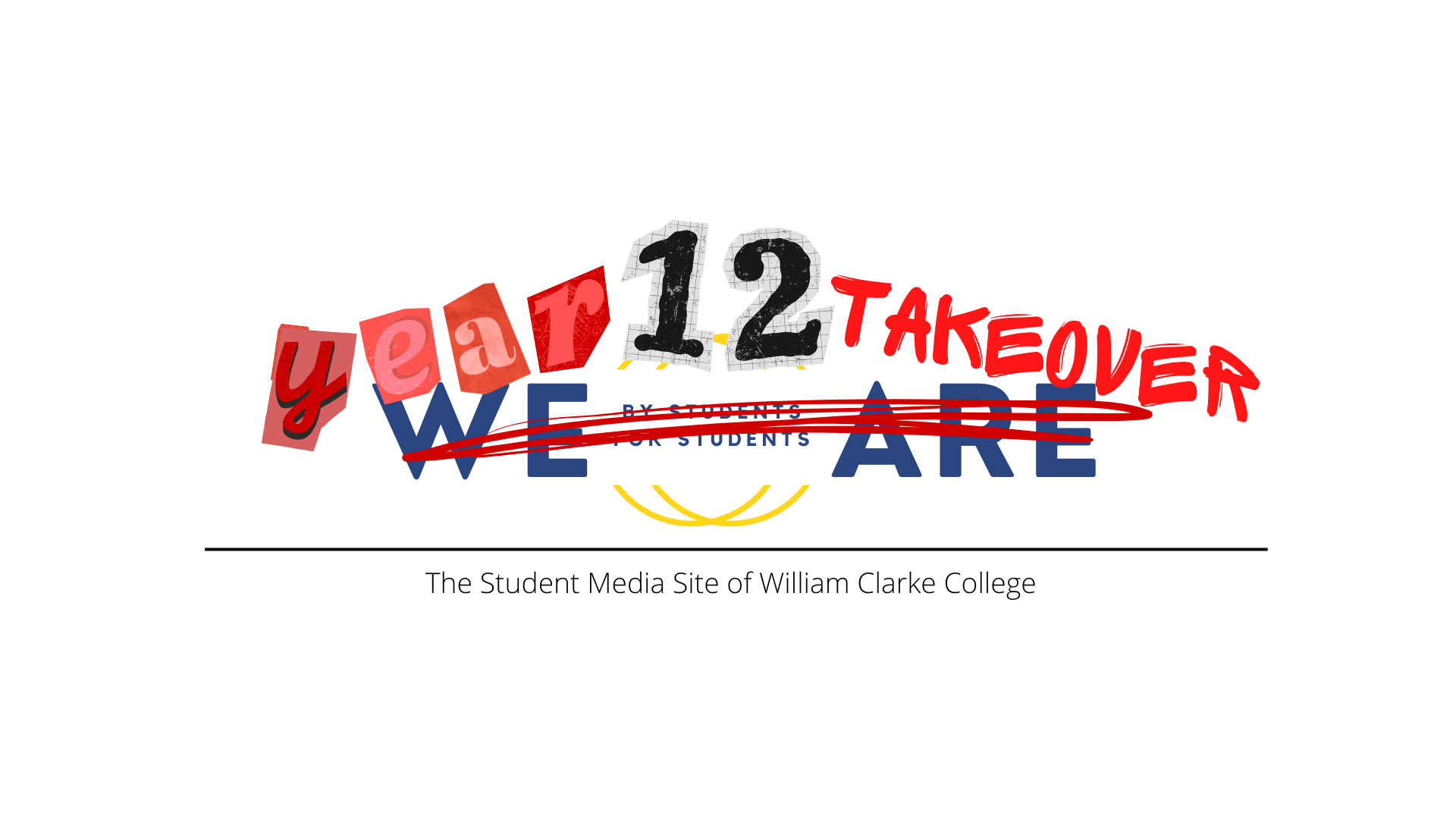


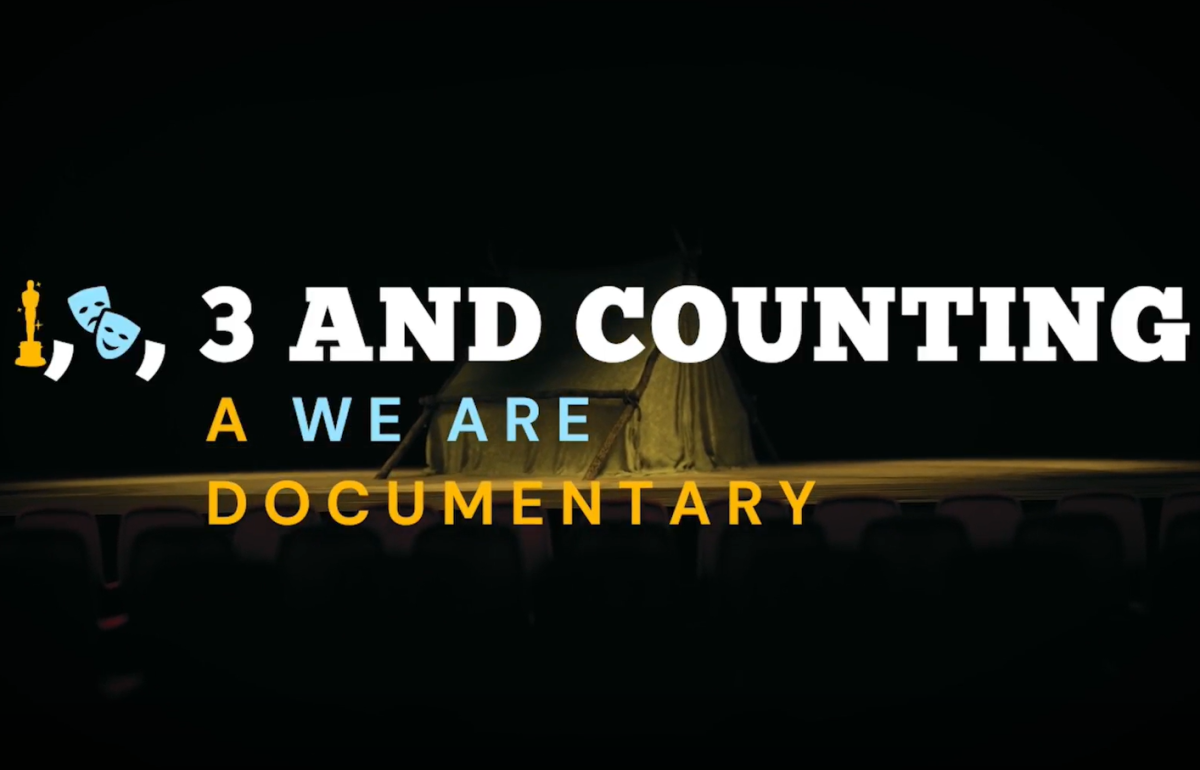

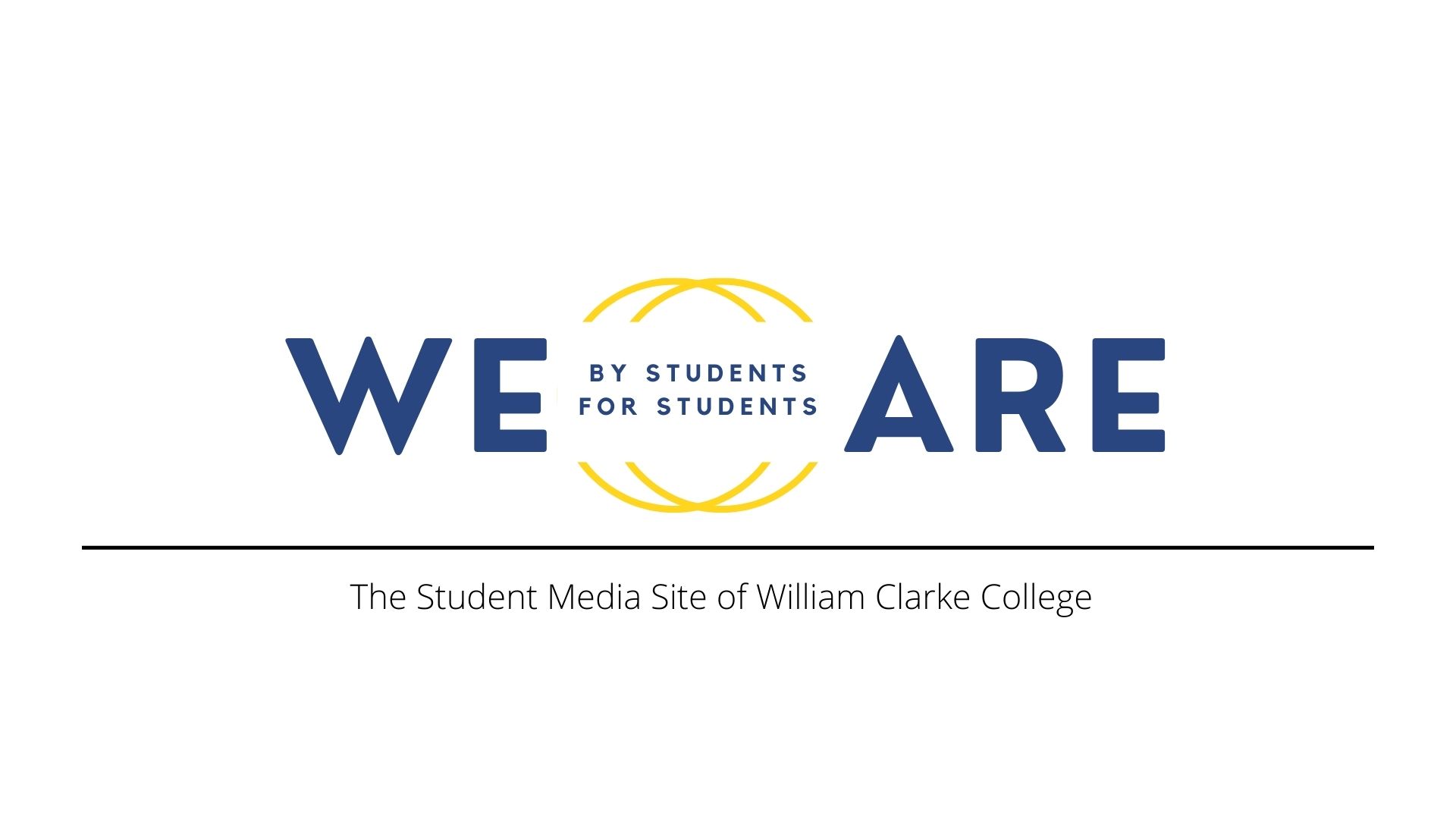

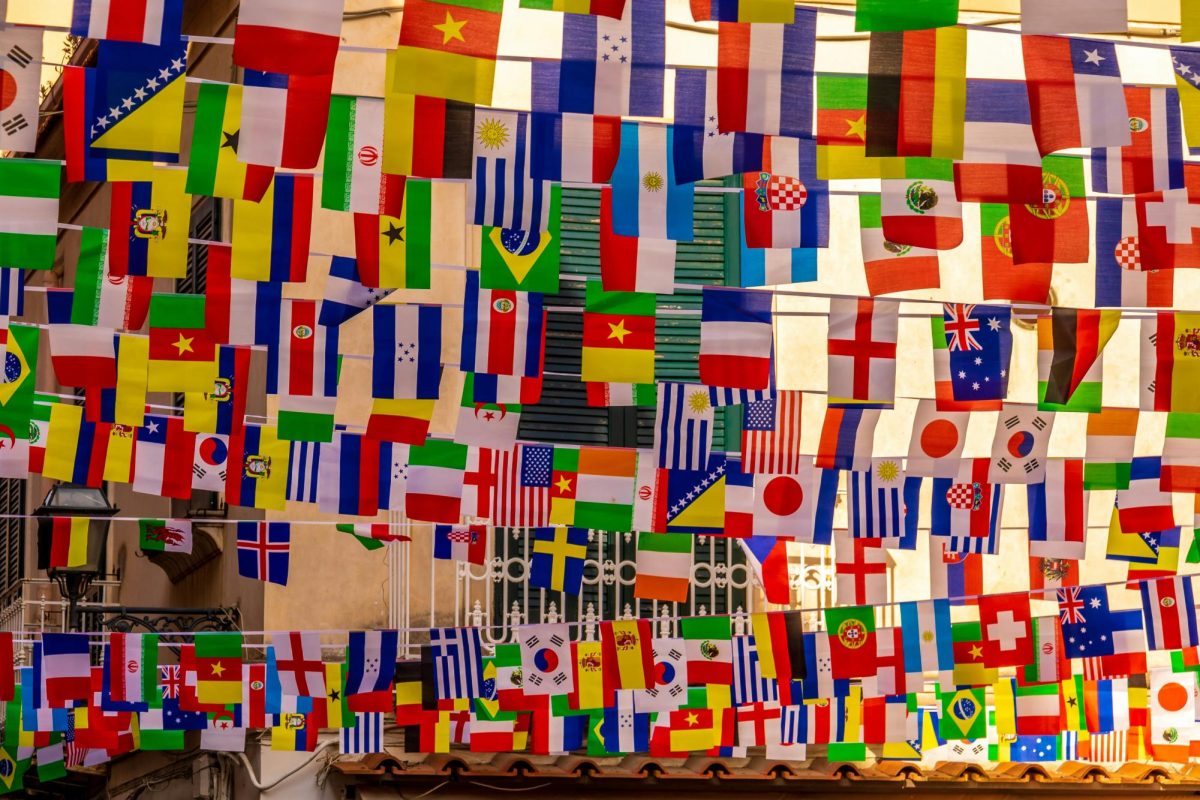

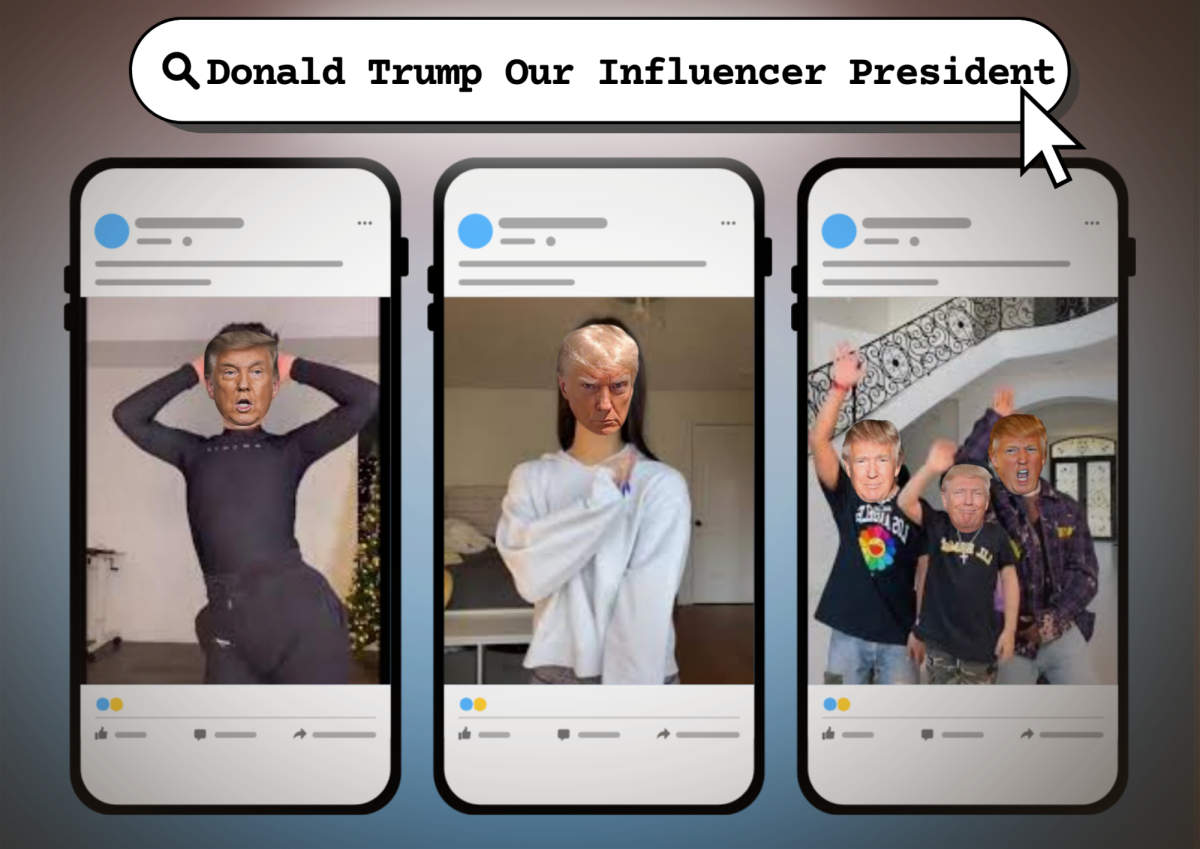

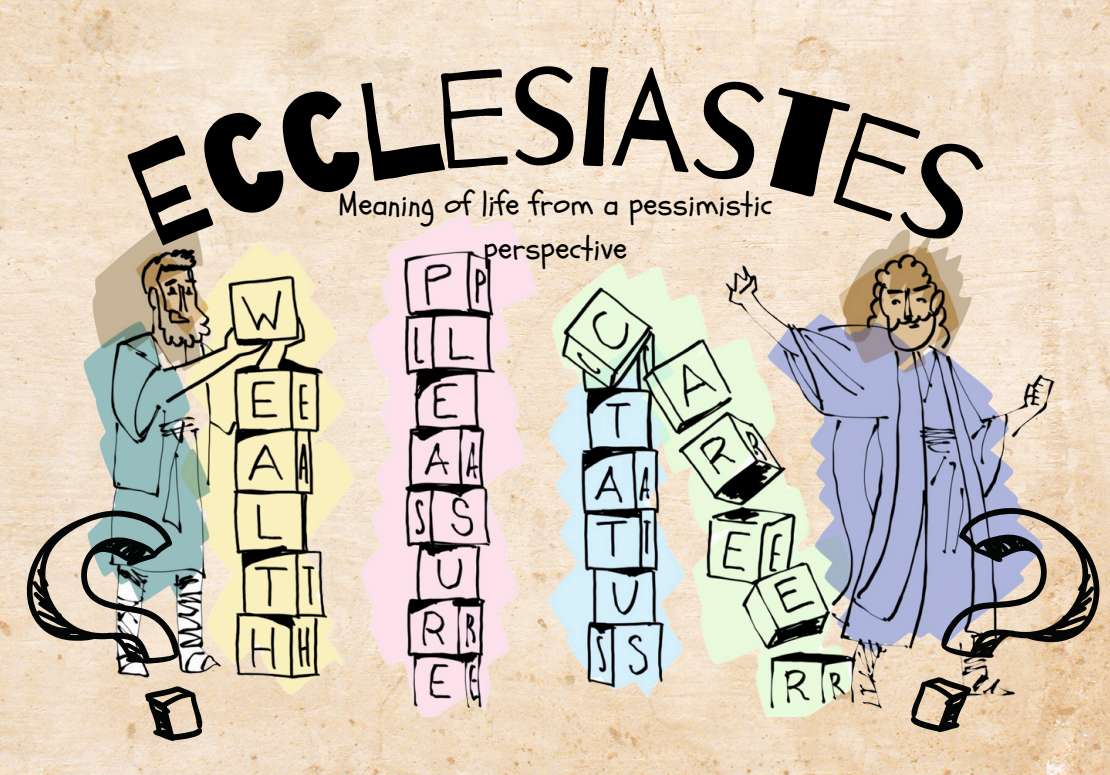


Ashton • May 29, 2025 at 12:28 pm
I agree with this whole heartedly and it was a very interesting read, especially because I am currently writing my own argument for this controversy. so thank you fellow sport enjoyer, and you have inspired me to start following the matildas.
Ava • Jul 17, 2024 at 10:01 am
Nice work
Anson • Aug 30, 2023 at 3:55 pm
It’s amazing to see that so many people tuned into the Women’s World Cup and unfortunately witness Australia lose. Yet what saddens me is the fact that Australia had won the Netball World Champs and that Kaylee Mckeown had won women athlete of the championships in the swimming but not many people know about it. Yes the big statistics are amazing but do we only care about women’s sport when A) it’s in Australia and B) it’s football?
Teddy H • Sep 1, 2023 at 5:09 pm
So True
Ellis K • Jul 6, 2024 at 12:44 pm
C) Why did you give me a normal Solo?